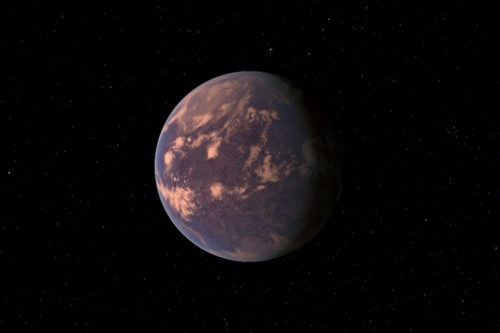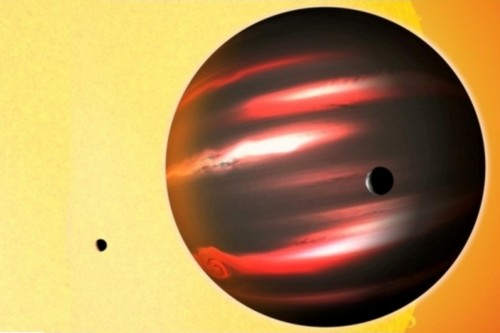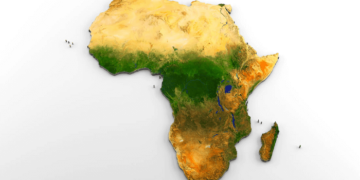7. The Planet from Hell

Gliese 581c is theoretically the most likely to support colonization, except it is one hell of a planet. It is tidally locked to always face the Red Dwarf star which it revolves around, on one side, and is at a distance such that standing on the star-side of the planet will melt you, while stepping on the dark-side will freeze you immediately. In the narrow habitable belt between the two extremes, there are other challenges. The sky is hellishly red since the planet is at the lower frequency end of our visual spectrum, while photosynthesizing plants are subjected to infrared radiation, thus blackening them. Also See: I found an iPhone on the ground and what I found in its photo gallery terrified me..
6. The Black Hole Planet

TrES-2b is a lot like Jupiter: they are both nearly the same size, and it orbits a star that is similar to the sun – except, it is some 750 light years away. This Jupiter-class gas giant reflects less than 1 percent of the light which strikes. In other words, it absorbs huge amount of light, so much so that it is considered the darkest planet. It is darker that black acrylic paint or even coal. It is speculated that the atmosphere of the planet has chemicals, or mix of compounds. Interestingly, at 1800°F, it turns hot enough to emit a dull, reddish glow, which is visible probably because of all the absorbed light. Also See: Top 10 desirable women in sports – See who is number 1! (+Photos)





































Discussion about this post